Is transforming a plain motorcycle helmet into a unique piece of art worth the cost? Wrapping a helmet offers more than just visual appeal; it's a way for riders to express their personality without compromising safety.
Prices for helmet wraps span from $30 to $150, with costs influenced by design intricacy, material choice, and the decision between DIY and professional services.
Understanding the expenses involved can aid motorcyclists in making informed choices that balance budget with quality, ensuring a striking and secure ride. Curious about the details? Read on to discover what influences these costs.
Understanding the Cost of Wrapping a Motorcycle Helmet
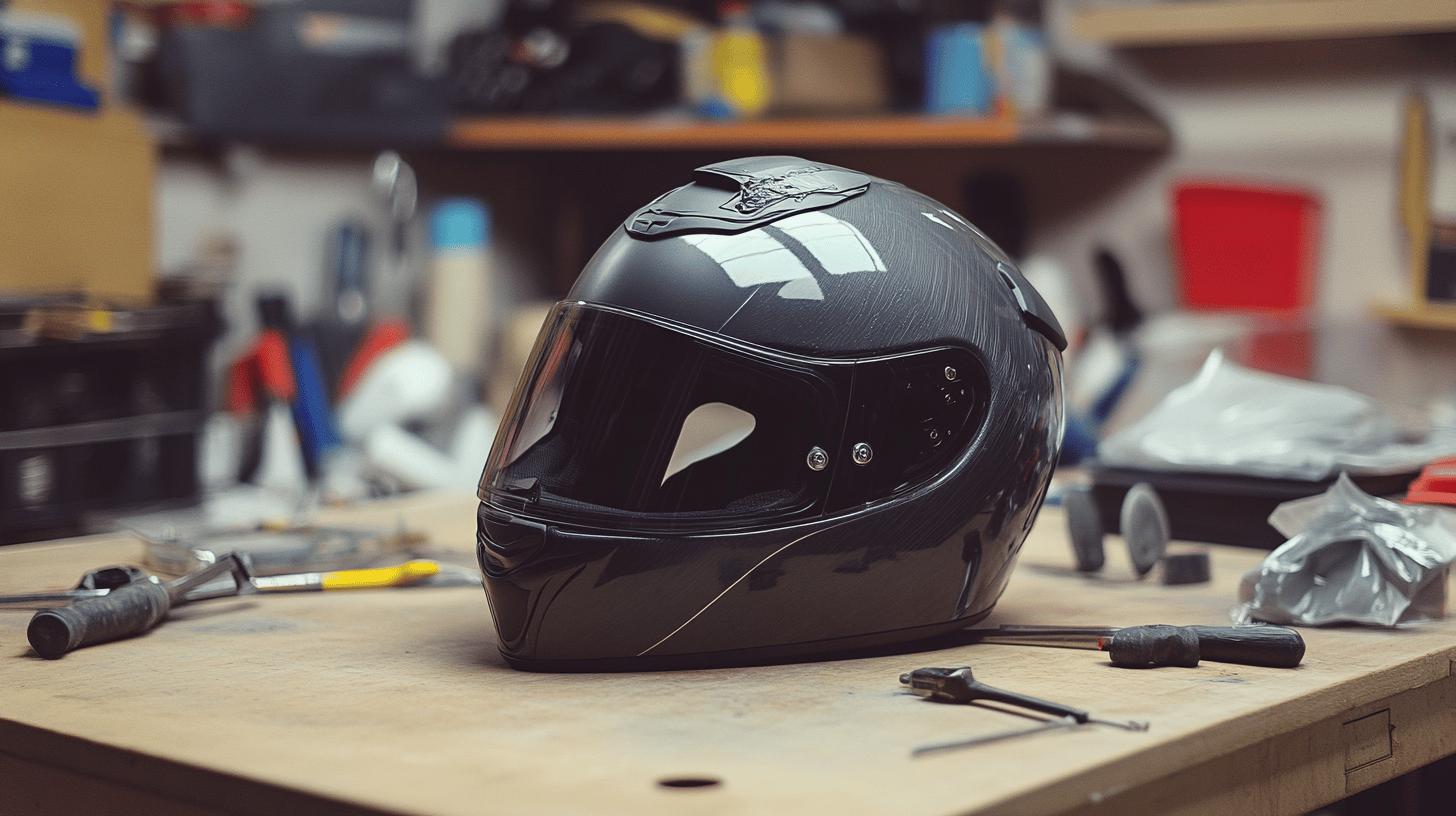
How much does it cost to wrap a motorcycle helmet? The cost typically ranges from $30 to $150. This range is determined by several factors, including the choice between a DIY approach and hiring professional services.
DIY options tend to be less expensive, generally falling between $30 and $70, while professional services usually cost between $100 and $150. The higher cost of professional services is justified by the quality and precision they offer, ensuring a seamless finish with complex designs.
Several factors influence the cost of wrapping a motorcycle helmet. The material type is a primary consideration, as high-end vinyls like chrome and metallic options are more expensive than standard or matte finishes.
Design complexity also plays a significant role; intricate patterns and custom graphics increase the price due to the additional time and expertise required. Additionally, specialized vinyl materials for unique textures or enhanced durability can add to the overall expense.
When comparing DIY and professional helmet wrapping, each has its trade-offs. DIY wrapping can save money but demands patience, skill, and precision. It often involves learning how to handle vinyl to avoid bubbles and achieve a smooth finish.
Professional services, on the other hand, offer expertise that can tackle complex designs effortlessly, leading to a higher-quality outcome. The decision between these options should weigh the cost savings against the potential quality differences.
-
Material type: standard, matte, chrome, metallic
-
Design complexity: simple to intricate patterns
-
Vinyl brand: high-quality brands like 3M and ORAJET
-
Application method: DIY or professional service
-
Customization: personalized graphics or logos
Factors Affecting Helmet Wrap Costs
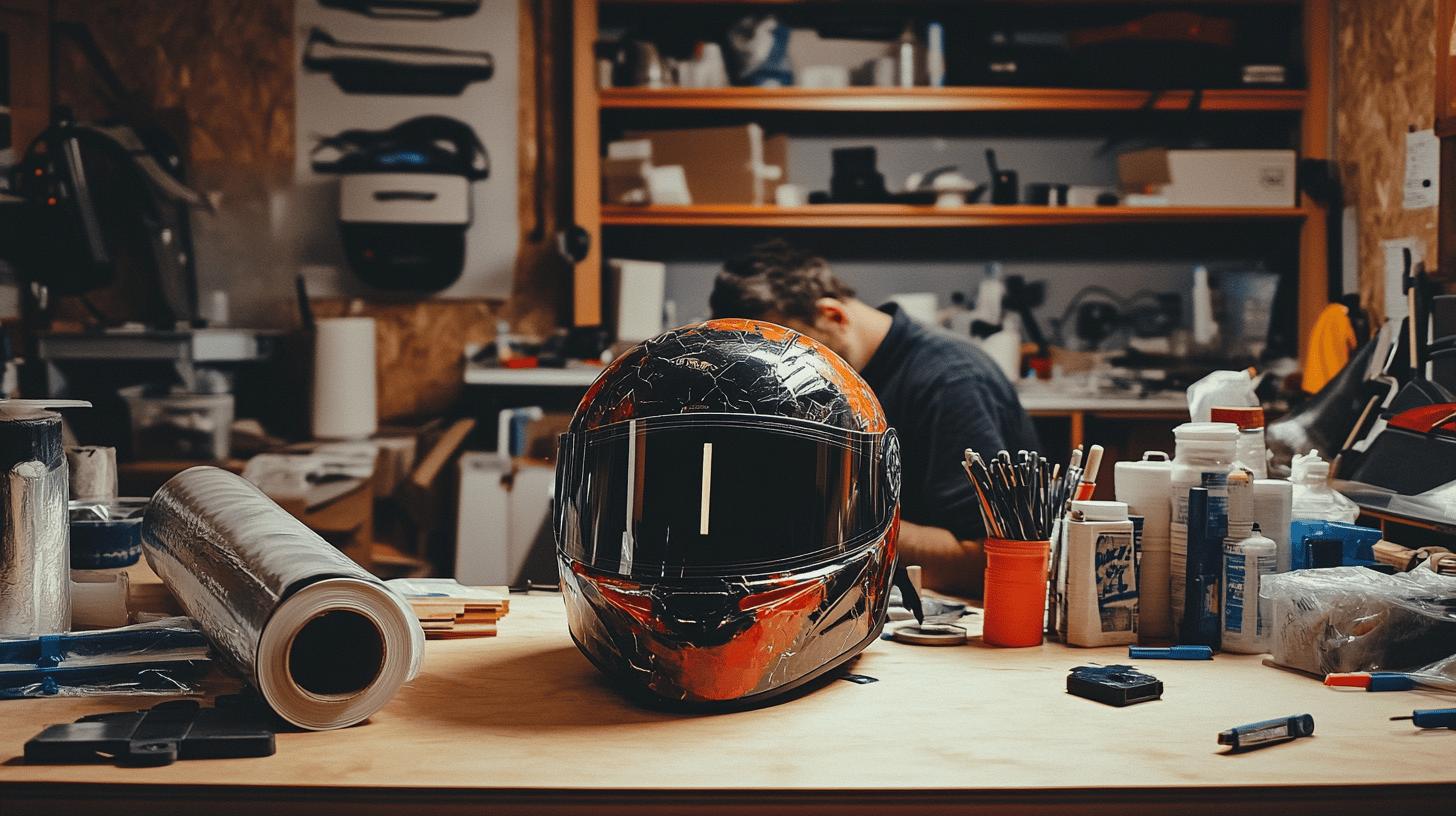
Material options significantly impact the cost of wrapping a motorcycle helmet. High-quality vinyls, such as those offered by 3M, ORAJET, and PrismJET, provide durability and a range of finishes. Standard vinyl is the most economical choice, while matte finishes offer a subtle, non-reflective appearance at a slightly higher price.
Chrome and metallic wraps, while visually striking, are the most expensive due to their premium look and the complexity of application. Selecting the right material will depend on budget and desired aesthetics, with costs escalating for high-end finishes.
Design complexity and helmet size are crucial considerations in determining wrap costs. Intricate designs or custom graphics require more time and precision, thus increasing labor costs. Helmets with elaborate patterns or personalized logos will naturally incur higher expenses.
Additionally, the helmet size can affect the amount of material needed, although this is often a minor factor compared to design intricacy. Opting for simpler designs can help manage costs, while more elaborate customization demands a higher investment.
| Material Type | Average Cost |
|---|---|
| Standard | $30 – $50 |
| Matte | $40 – $70 |
| Chrome | $80 – $120 |
| Metallic | $90 – $150 |
DIY vs. Professional Helmet Wrapping: Cost and Quality
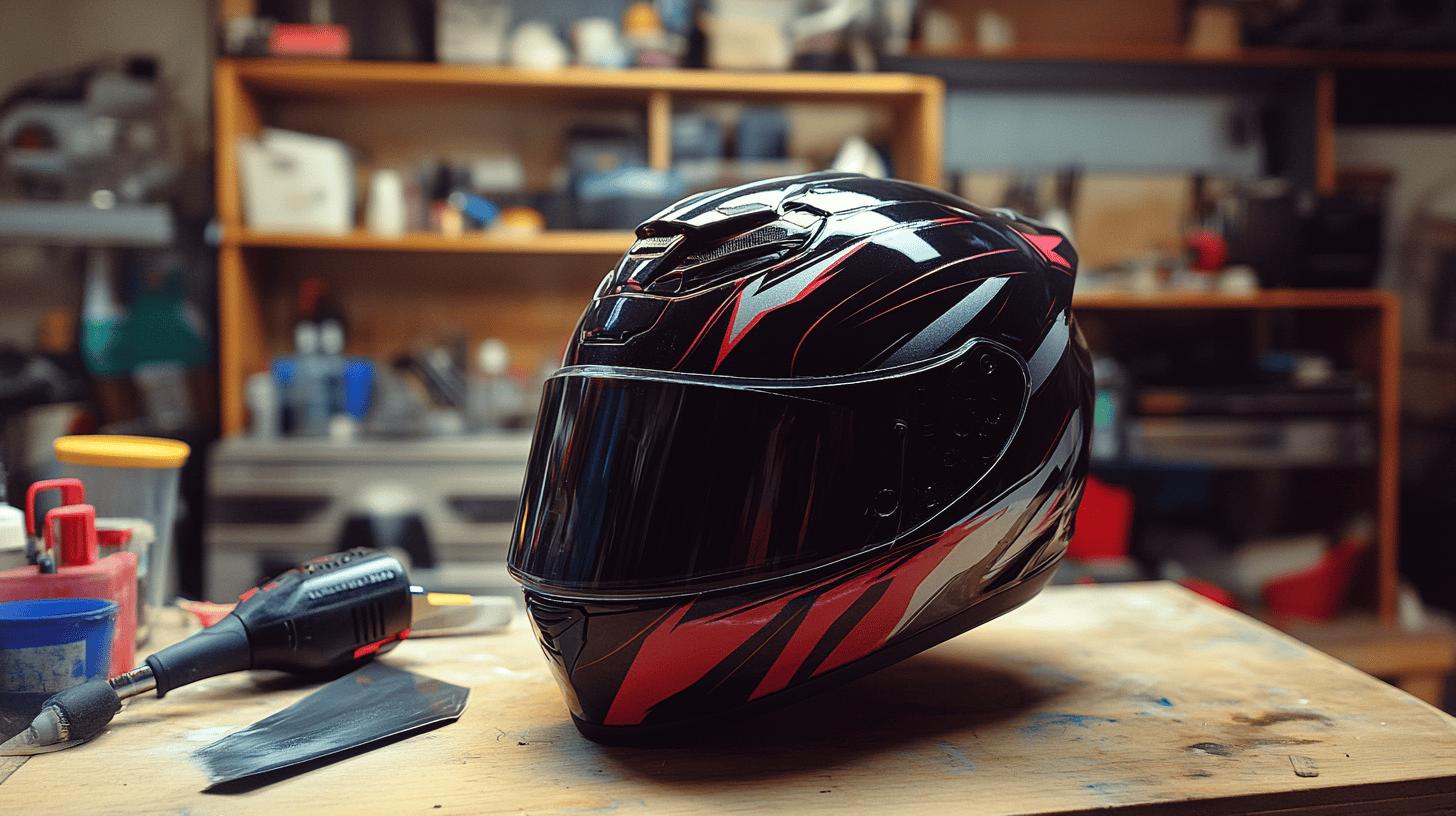
When contemplating whether to opt for DIY helmet wrapping or professional helmet wrapping services, the decision often hinges on balancing cost against quality. DIY helmet wrapping offers a cost-effective solution, typically ranging from $30 to $70.
This approach can save money but demands patience, skill, and precision. Professional services, while more expensive at $100 to $150, ensure a higher quality finish and the capability to manage complex designs. Understanding the trade-offs between cost savings and finish quality is crucial when making this decision.
DIY Helmet Wrapping
DIY helmet wrapping is a popular choice for those looking to personalize their helmets without breaking the bank. One key advantage is the lower cost, but this requires a certain level of skill to achieve satisfactory results. Essential tools for a DIY project include a hairdryer or heat gun, a squeegee or credit card, and a utility knife.
These tools assist in applying the vinyl smoothly and avoiding common issues like air bubbles. The process involves heating the vinyl to make it pliable and then carefully smoothing it over the helmet's surface.
Patience and precision are vital when tackling a DIY helmet wrap. The application process can be time-consuming, especially for those new to handling vinyl. It's important to take time with each section, ensuring the vinyl adheres properly and aligns with the desired design.
Mistakes can lead to bubbles or misalignment, which may require redoing parts of the wrap. For those confident in their ability to work meticulously, DIY wrapping can be a rewarding experience that offers significant cost savings.
Professional Helmet Wrapping
Professional helmet wrapping services provide a stress-free alternative, catering to those seeking a flawless finish and intricate designs. The higher cost, ranging from $100 to $150, reflects the expertise and precision offered by professionals. These services are particularly beneficial for complex graphics that demand specialized skills beyond typical DIY capabilities. Professionals utilize high-quality materials and advanced techniques to ensure a seamless application, free from bubbles or imperfections.
The investment in professional wrapping services is often justified by the superior results and longevity of the wrap. With professional expertise, customers can achieve a polished and custom look that enhances both the aesthetics and the durability of their helmets. This option is ideal for those who prioritize quality and are willing to pay for the peace of mind that comes with a professionally executed design.
Choosing the Right Wrap Material for Your Helmet
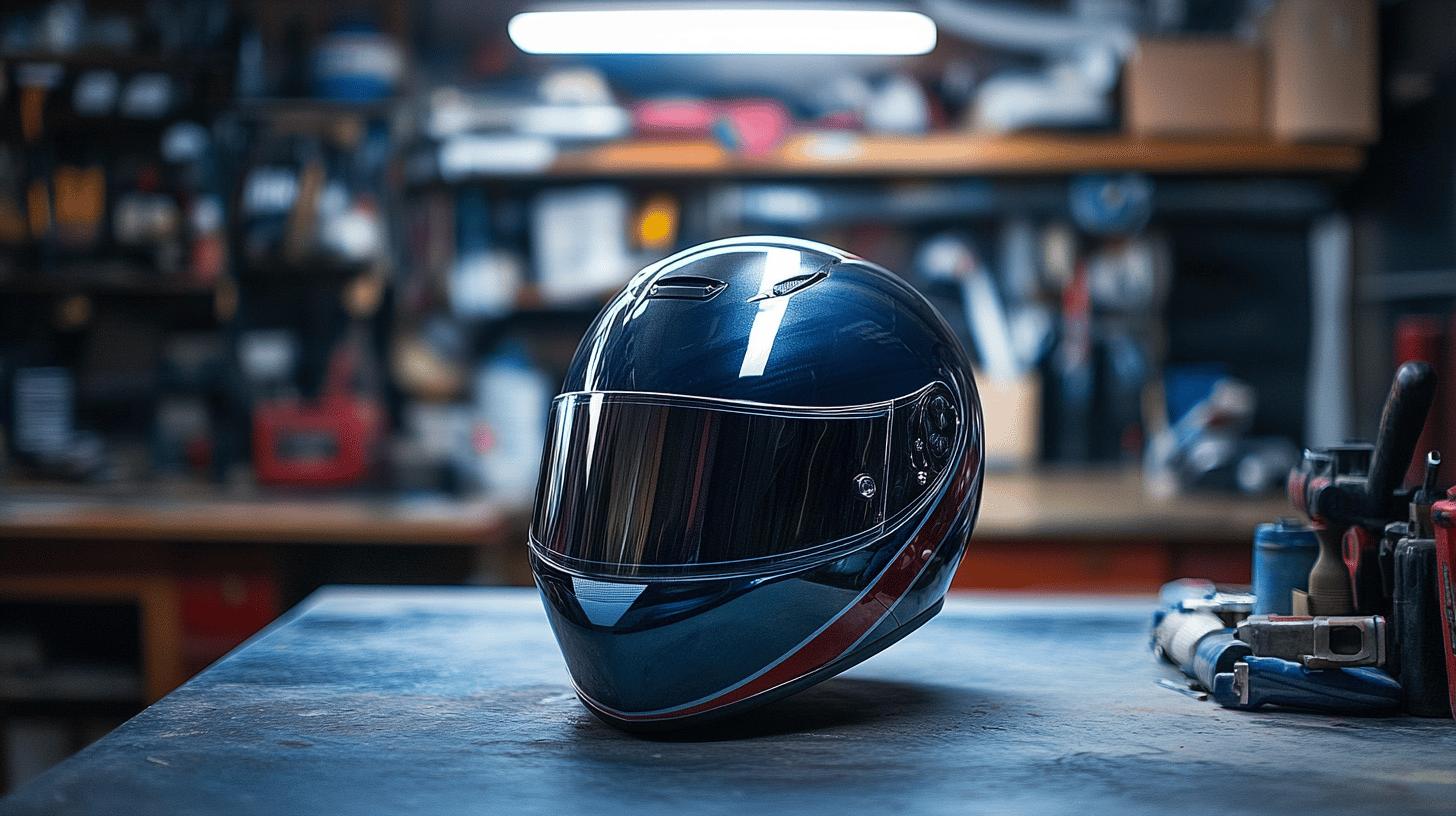
When selecting a wrap material for your helmet, quality and durability are paramount. High-quality vinyl brands like 3M, ORAJET, and PrismJET are known for their robustness, making them ideal choices for long-lasting wraps. These materials resist scratches and tears, maintaining the helmet's aesthetic appeal over time. While initially more expensive, investing in premium vinyl can prevent frequent replacements, ultimately saving money.
Vinyl wraps offer various finishes, each impacting the helmet's visual appeal differently. Gloss finishes provide a shiny, reflective look, enhancing visibility and style. Matte finishes, in contrast, deliver a sleek, understated appearance that reduces glare. Chrome and metallic options are available for those seeking a bold, eye-catching design, though they come with a higher price tag. Choosing the right finish depends on personal preference and the desired aesthetic impact.
The material choice directly influences the helmet's longevity. High-quality vinyls ensure a longer lifespan, typically ranging from five to ten years, depending on exposure to elements. Cheaper wraps, while more affordable upfront, are susceptible to damage and may require frequent replacements. Selecting a durable, high-quality wrap not only enhances the helmet's appearance but also extends its usability, providing a worthwhile investment for any rider.
Innovative Helmet Wrap Designs and Trends
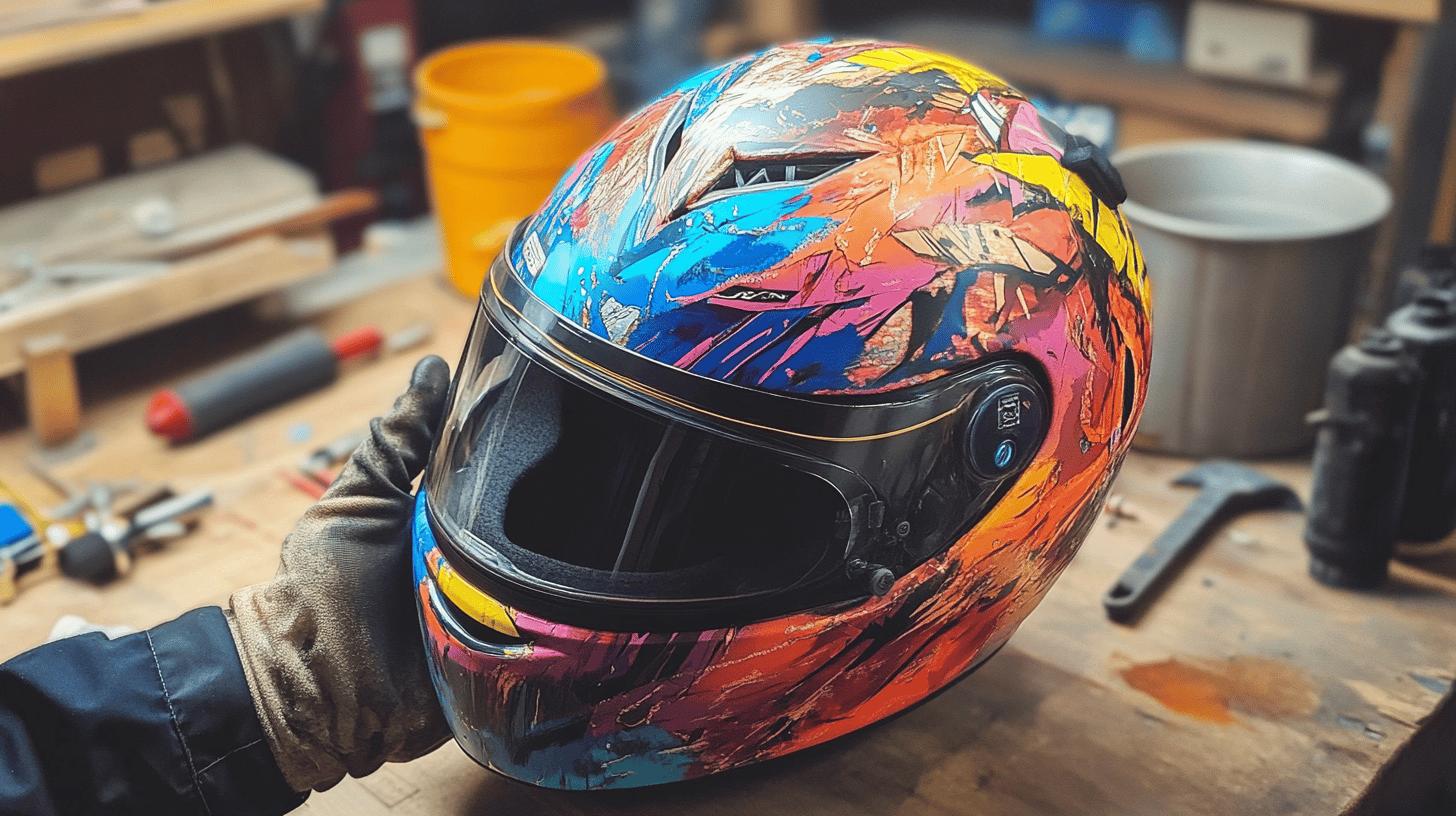
Current trends in helmet wrap designs emphasize personalization and creativity. Riders increasingly seek to express their individuality through custom helmet artwork, blending personal tastes with unique graphic designs. The array of colors and finishes available allows for endless customization, from bold, vibrant hues to understated, matte tones.
These wraps not only cater to personal preferences but serve broader purposes, such as branding in sports and advertising during televised events. This growing demand for uniqueness has sparked innovation in the types of graphics and materials used, ensuring that each helmet stands out on the road.
-
Personalization with unique graphics
-
Branding opportunities for sports teams
-
Vivid color options for high visibility
-
Matte finishes for a sleek appearance
-
Logos and decals for advertising
Design trends are reshaping the helmet wrapping industry by driving the evolution of materials and techniques. As the demand for innovative helmet designs grows, manufacturers are pushed to develop more advanced vinyl technologies that can accommodate intricate patterns and complex graphics.
This evolution not only enhances aesthetic appeal but also improves the functionality and durability of helmet wraps. The industry's response to these trends is evident in the diverse range of options now available, making helmet wrapping a thriving market for both personal expression and commercial use.
Maintaining Your Wrapped Helmet

A motorcycle helmet wrap can last between 5 to 10 years, depending on its quality and the conditions it endures. To prolong the lifespan of your helmet wrap, regular cleaning is crucial. Use a gentle soap and water solution to wipe the surface, avoiding harsh chemicals that could damage the vinyl. When not in use, store the helmet in a shaded area to prevent UV exposure, which can cause fading. Consistent care ensures the wrap maintains its vibrant appearance and structural integrity over time.
Installation plays a vital role in the wrap's longevity and appearance. To prevent air bubbles, a hairdryer or heat gun can be used to gently warm the vinyl, making it more pliable. Carefully apply the wrap, using a squeegee or credit card to smooth out any imperfections. Work slowly and methodically, pressing from the center outward to push air outwards. Proper installation techniques not only enhance the wrap's visual appeal but also contribute to its durability.
Final Words
Exploring the costs and methods of wrapping a motorcycle helmet highlights the balance between budget and aesthetics. Understanding how much it costs to wrap a motorcycle helmet, the materials involved, and whether to tackle it as a DIY project or through professional services, empowers informed decisions.
Regardless of choice, helmet wrapping offers a unique way to personalize and protect gear. With proper care, a wrapped helmet can remain visually appealing and functional for years.
FAQ
How much does it cost to vinyl wrap a helmet?
A motorcycle helmet wrap typically costs between $30 to $150. The price varies based on factors like material type and design complexity, with professional services being more expensive than DIY.
Can you get motorcycle helmets wrapped?
Motorcycle helmets can indeed be wrapped. The wrap provides an opportunity for customization and personalization without altering the helmet's physical integrity.
How much does a motorcycle wrap cost?
A motorcycle wrap, specifically for helmets, ranges from $30 to $150. The cost depends on materials used, the complexity of the design, and whether the service is DIY or professional.
Is wrapping a helmet safe?
Helmet wrapping is generally safe as it does not affect the helmet's protective features. However, it is crucial that the wrap does not cover any critical ventilation or safety components.

Mark Anderson is a trusted expert with over 25 years of riding experience. At 56, his deep knowledge of long-distance touring and participation in major motorcycle rallies makes him a reliable source for gear recommendations on ProtectiveGearz. Mark’s decades of firsthand experience ensure his advice is authoritative and valuable to riders seeking expert guidance.



